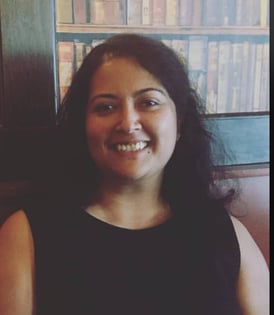6 Key Trials for Understanding Adaptive Designs for Clinical Trials

Suppose you had to choose six clinical trials intended for registration with regulatory agencies, only six, to explain to young statisticians what the scope and promise of an adaptive or group sequential design truly is. Which trials, which methods and which strategies would you highlight? Would you choose to focus on the uncertainties related to placebo response or primary effect size? Would you highlight trials that shaved years off of a traditional design, while still revealing efficacy? Would you focus on the opportunities for population enrichment or dose selection? Would you take clinical development by the horns and explain the immense benefits of seamless trials?
A recent webinar by Cytel co-founder and American Statistical Society fellow reveals the six trials that Cyrus believes can constitute a good foundation for seeing the full potential of adaptive designs.
In his webinar, Introduction to the Design and Monitoring of Adaptive Clinical Trials, Cyrus showcases adaptive designs with both statistical and operational benefits. He begins with the RALES trial for cardiology, and shows how a group sequential design with 6 interim looks, stopped early for efficacy and saved a sponsor two years of added clinical research.
He follows with two trials featuring sample size re-adjustments, noting that an SSR has multiple uses. These include testing therapies on target populations not yet widely studied, which might have ethical and resource implications for a sponsor. If a sponsor predicts that there could be a change in the comparator midway through a trial, this might also be a reason to begin with a smaller population prior to interim look. An SSR might also simply be an easy way for some sponsors to ensure that resources are channeled towards the most promising trials.
Cyrus in fact highlights the multiple uses of an SSR by choosing two trials to showcase: one with uncertainty about placebo response and another with uncertainty about effect sizes. While statistically there might appear to be overlaps between these two trials, this is not the case from a trial design perspective. The types of simulations and unblinding needed to manage one type of uncertainty does not correspond with the other.
A common SSR design is the Promising Zone, which was posited by Cyrus and colleagues. In this design a trial can have four outcomes after an interim look. It can stop for efficacy and futility like in a group sequential design; it can continue as planned; or if it is viewed as 'promising' the trial can have a sample size re-estimation.
A slightly updated version of the promising zone design is the adaptive enrichment design. At the onset of an enrichment trial, there might be open questions about which populations should be targeted in a clinical trial. In an adaptive enrichment design, an interim look can help guide which populations should be used to complete a trial. Such designs are key to spur biomarker driven enterprises, when it is initially uncertain what the effect sizes will be by biomarker subpopulation.
Finally, the perfect design for perfect dose-selection can arise in different guises. A 'seamless phase II/III' trial can preserve resources by taking data from Phase II and recycling during Phase III. A Cytel curated Adaptive MAMS design can also enable dose-selection by testing multiple doses, and dropping arms that perform less well.
About the Author of Blog:

Dr. Esha Senchaudhuri is a research and communications specialist, committed to helping scholars and scientists translate their research findings to public and private sector executives. At Cytel Esha leads content strategy and content production across the company's five business units. She received a doctorate from the London School of Economics in philosophy, and is a former early-career policy fellow of the American Academy of Arts and Sciences. She has taught medical ethics at the Harvard School of Public Health (TH Chan School), and sits on the Steering Committee of the Society for Women in Philosophy's Eastern Division, which is responsible for awarding the Distinguished Woman in Philosophy Award.


